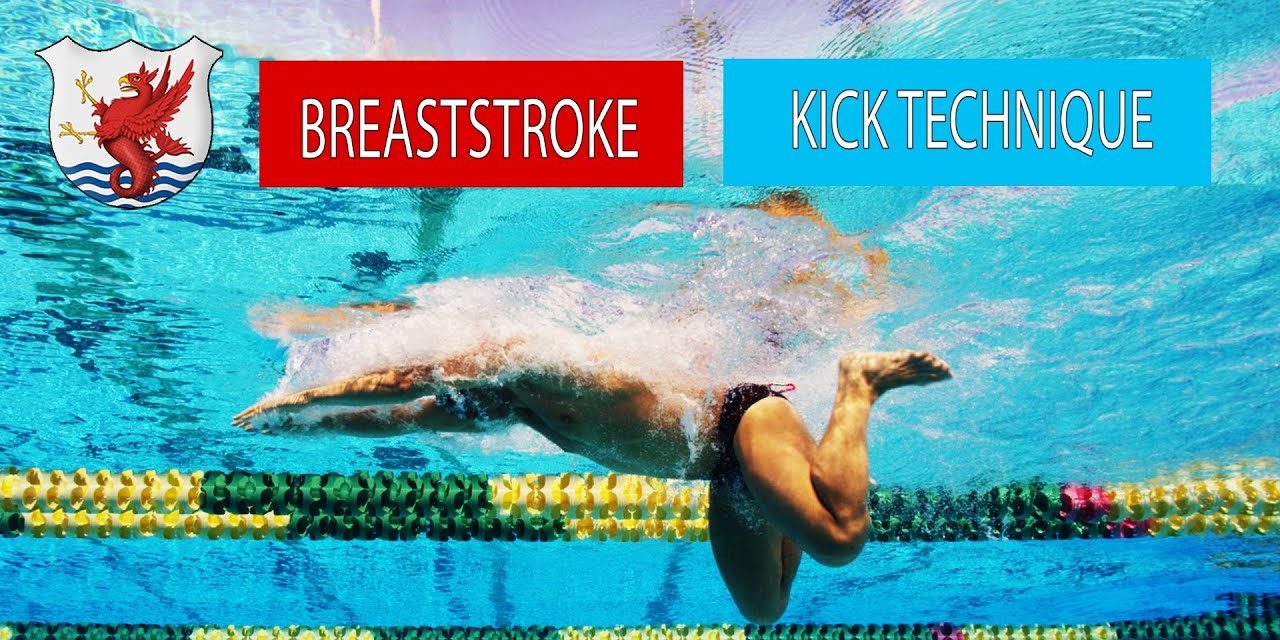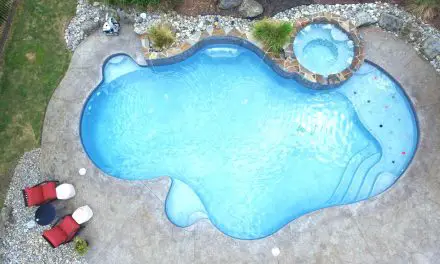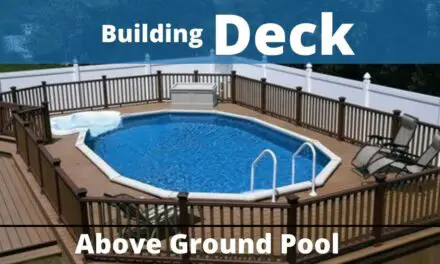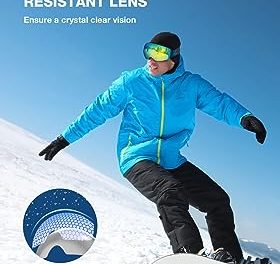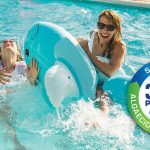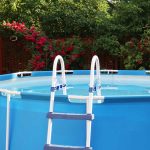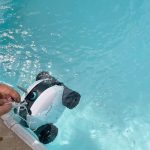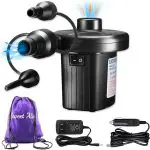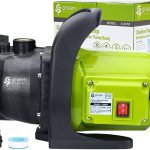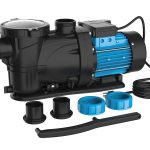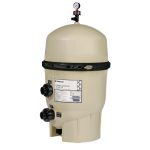To become a faster swimmer, focus on improving your technique and body position in the water. Strengthening your back muscles and maintaining high elbows can also increase your speed.
Lengthening your body during each stroke and mastering the timing of your movements will help you drop time in swimming. Additionally, incorporating resistance training exercises like squats can enhance your strength, complementing your swimming skills. Remember to work on your technique, improve your health, and learn proper breathing techniques to become a faster swimmer.
By following these tips, you can swim like a pro and improve your speed in the water.
Proper Body Positioning
To become a faster swimmer, proper body positioning is crucial. By focusing on maintaining a straight and streamlined body, avoiding unnecessary movements, and stretching out for each stroke, you can significantly improve your speed in the water.
Understanding The Importance Of Body Positioning In Swimming:
- Achieving a streamlined body position
- Maintaining proper head, spine, and leg alignment in the water
Proper body positioning is crucial for becoming a faster swimmer. When your body is aligned correctly in the water, it reduces drag and allows you to move through the water more efficiently. By understanding the importance of body positioning and implementing the following techniques, you can improve your swimming speed:
Achieving A Streamlined Body Position:
- Keep your body horizontal: To achieve a streamlined position, your body should be parallel to the surface of the water. This reduces resistance and allows you to move smoothly.
- Engage your core: Keeping your core muscles engaged helps maintain a straight body position and enables you to maintain stability in the water.
- Extend your arms: Reach forward with each stroke and make sure your arms are fully extended. This helps to lengthen your body and reduces drag.
- Cup your hands: Cupping your hands while reaching forward allows you to catch more water with each stroke, propelling you forward.
Maintaining Proper Head, Spine, And Leg Alignment In The Water:
- Head position: Keep your head in line with your body, looking straight down to maintain a neutral spine position. Avoid lifting your head too high, as it can disrupt your body’s alignment.
- Spine alignment: Maintain a straight and neutral spine position throughout your swim. A curved or arched back can cause drag and slow you down.
- Leg alignment: Keep your legs straight and aligned with the rest of your body. Avoid excessive knee bending or kicking from the hips, as it can create unnecessary drag.
Remember, practicing proper body positioning takes time and effort. Consistent practice will help you develop muscle memory and improve your overall swimming technique. By mastering these techniques, you will become a faster and more efficient swimmer.
Stroke Technique And Efficiency
To become a faster swimmer, focus on stroke technique and efficiency. Improving your body position, streamlining off walls, and fully extending your strokes can help increase your speed in the water.
Mastering The Freestyle Stroke And Its Key Components:
- Proper body alignment: Maintaining a straight and streamlined body position in the water is essential for efficient swimming. Engage your core muscles, keep your head in line with your spine, and extend your body from head to toe.
- Arm movement: The freestyle stroke involves alternating arm movements. Each arm should reach forward in a straight line, enter the water with fingertips first, and pull back using your forearm and hand to generate propulsion. Focus on a high elbow position during the underwater pull phase.
- Breathing technique: Coordinate your breathing with your arm movements. Take a breath to the side as your arm recovers above the water, keeping your body flat and rotating your hips slightly. Exhale underwater to minimize breathing disruption and improve efficiency.
- Kick technique: The freestyle kick provides propulsion and stability. Keep your legs straight, toes pointed, and kick from your hips rather than your knees. Practice a steady and rhythmic flutter kick, ensuring that your legs stay close to the surface of the water.
Improving Stroke Efficiency Through Proper Arm And Leg Movements:
- Stroke rate: Increase your stroke rate, also known as cadence, to improve efficiency. Aim for a higher number of strokes per minute while maintaining good technique. A quicker stroke rate can help minimize drag and increase forward momentum.
- Arm recovery: Focus on a quick and efficient arm recovery to reduce resistance. As one arm exits the water, bend your elbow and move it in a relaxed and smooth motion over the water’s surface before extending it forward again.
- Catch and pull: Enhance your catch and pull phase by maximizing propulsion. During the catch, ensure that your hand is angled downward, fingers slightly below your wrist. Pull your arm through the water in a powerful and controlled manner, using your forearm and hand to generate force.
- Body rotation: Incorporate proper body rotation into your stroke to improve efficiency. Rotate your hips and torso from side to side, allowing your arm pull and kick to be supported by the rotation. This creates a more powerful and streamlined swimming motion.
Enhancing Propulsion And Reducing Drag In The Water:
- Streamline position: Maintain a hydrodynamic body position to minimize drag. Extend your arms above your head, one hand on top of the other, and press your biceps against your ears. Keep your legs together, toes pointed, and squeeze your glutes.
- Reducing resistance: Minimize resistance in the water by avoiding unnecessary movements. Keep your head aligned with your body, without lifting it too high or burying it too deep. Avoid excessive lateral movements or splashing, as these will slow you down.
- Body roll: Utilize proper body roll to enhance propulsion. Coordinate your body rotation with your arm pull and kick, allowing each movement to work together efficiently. The rotation helps transfer the power generated from your core muscles to your arms and legs.
- Equipment: Consider using swim gear such as swim fins and hand paddles to enhance propulsion and strengthen specific muscle groups. These tools can help you focus on specific aspects of your stroke technique and build strength.
Remember, mastering stroke technique and efficiency takes time and practice. Incorporate these tips into your training sessions and gradually refine your technique to become a faster swimmer.
Breathing Techniques
To become a faster swimmer, mastering breathing techniques is essential. By focusing on stretching out and maintaining a straight body position, you can improve your speed and efficiency in the water. Additionally, incorporating resistance training into your routine will help build strength and power for faster swimming.
Developing Effective Breathing Techniques While Swimming:
- Proper breathing techniques are crucial for swimmers to improve their speed and endurance in the water. Here are some ways to develop effective breathing techniques:
- Breathe out underwater: Exhale slowly and consistently underwater to release all the air in your lungs before taking the next breath.
- Inhale quickly: Once you turn your head to breathe, take a quick and efficient inhalation to minimize the time your face is out of the water.
- Exhale fully: Make sure to exhale completely underwater to make room for a deeper inhalation when you turn to breathe.
- Practice breath control: Incorporate breath control drills into your training sessions to increase your lung capacity and enhance your overall breathing technique.
- Stay relaxed: Relax your neck, shoulders, and face muscles while breathing to avoid tension and unnecessary energy expenditure.
Incorporating Bilateral Breathing For Improved Speed And Endurance:
- Bilateral breathing is the technique of alternating your breathing side while swimming. Here’s why it can help improve your speed and endurance:
- Balanced stroke: Bilateral breathing ensures a more balanced stroke and reduces the risk of overusing one side of your body.
- Increased awareness: By breathing on both sides, you develop a better understanding of your body’s alignment in the water, allowing for necessary adjustments.
- Improved symmetry: Bilateral breathing helps you achieve a more symmetrical swimming technique, leading to increased efficiency in the water.
- Enhanced oxygen intake: By breathing on both sides, you can take in more oxygen during your swim, resulting in improved endurance and longer distances covered.
Practicing Rhythmic Breathing To Maintain A Steady Pace:
- Rhythmic breathing involves establishing a breathing pattern that matches your stroke tempo. Here’s how it can help you maintain a steady pace:
- Sync with your stroke: Coordinate your breathing with your stroke, inhaling and exhaling at specific intervals, such as every three strokes.
- Establish a rhythm: Find a breathing pattern that suits your comfort level and swimming style. For example, inhale on one side for two strokes, then switch and inhale on the other side for the next two strokes.
- Maintain consistency: Stick to your chosen breathing rhythm throughout your swim to maintain a steady pace and avoid disrupting your stroke’s flow.
- Relieve fatigue: Rhythmic breathing can help reduce perceived effort and prevent breathing-related fatigue, allowing you to swim longer distances without exhaustion.
- Practice in training: Incorporate rhythmic breathing drills in your training sessions to build muscle memory and improve your ability to maintain a steady pace.
Remember, developing effective breathing techniques, incorporating bilateral breathing, and practicing rhythmic breathing are essential steps towards becoming a faster swimmer. Keep practicing and experimenting with different techniques to find what works best for you. Happy swimming!

Credit: www.swimnow.co.uk
Strength And Conditioning
Gain strength and become a faster swimmer by incorporating resistance training exercises like squats and compound movements. Improve technique, focus on lengthening your body, and work on breathing and balance for optimal performance in the water.
Implementing Strength Training Exercises For Swimmers:
- Incorporate resistance training exercises such as weighted squats, lunges, and deadlifts into your workout routine to build muscular strength and power.
- Include compound movements like bench presses, pull-ups, and rows to target multiple muscle groups simultaneously.
- Use free weights, resistance bands, or machine-based exercises to increase resistance and challenge your muscles.
- Perform exercises that mimic swimming movements, such as lat pull-downs, to specifically target muscles used during swimming strokes.
- Aim for 2-3 strength training sessions per week, ensuring you allow adequate rest days for muscle recovery.
Enhancing Core Strength For Better Stability And Power:
- Engage in exercises that target the core muscles, such as planks, Russian twists, and medicine ball throws, to improve stability and power in the water.
- Incorporate exercises that involve rotational movements to replicate the twisting motion experienced during swimming strokes.
- Use stability balls or balance boards to challenge your core muscles further and improve overall balance.
- Focus on proper form and technique while performing core exercises to effectively engage the targeted muscles.
- Aim for 2-3 core workout sessions per week, gradually increasing the intensity and difficulty level as your strength improves.
Improving Overall Muscle Endurance And Flexibility:
- Incorporate high-repetition exercises like bodyweight squats, lunges, and push-ups to improve muscle endurance.
- Perform circuits or interval training workouts that combine strength exercises with cardiovascular exercises to enhance overall endurance.
- Include stretching exercises, such as yoga or dynamic stretching routines, to improve flexibility and prevent injuries.
- Engage in regular foam rolling or self-myofascial release exercises to reduce muscle tightness and improve flexibility.
- Aim for a combination of strength training, endurance training, and stretching exercises to achieve optimal muscle endurance and flexibility.
Frequently Asked Questions On How To Become A Faster Swimmer
How Can I Increase My Swimming Speed?
To increase your swimming speed, focus on improving your technique, stretch out when you swim, and maintain a straight body position. Strengthen your back muscles and keep your elbows high to increase speed. Additionally, work on lengthening your strokes and body in the water to improve your speed.
Finally, consider incorporating resistance training exercises like squats to gain strength that will help you swim faster.
Why Am I Slow Swimmer?
Some possible reasons for being a slow swimmer include poor body alignment, lack of full extension, and inefficient strokes. Focus on stretching out and maintaining a straight body position to improve speed.
How Do You Drop Time In Swimming?
To drop time in swimming, focus on building back muscles and keeping elbows high for increased speed. Lengthen your body and perfect stroke timing for optimal speed.
Conclusion
To become a faster swimmer, there are several key areas to focus on. First, improving your technique is crucial. By working on your form and body position in the water, you can reduce drag and swim more efficiently. Additionally, incorporating shorter, high-intensity training sessions into your routine can help increase your speed.
By pushing yourself with intervals and sprints, you can build strength and improve your power in the water. Taking care of your overall health is also important. Eating a balanced diet, staying hydrated, and getting enough rest will ensure that your body is primed for optimal performance.
Breathing properly and maintaining balance in the water are other aspects to consider, as they can greatly impact your speed. Lastly, don’t underestimate the power of the right equipment and outfit. Wearing the appropriate swimwear and using fins or other training tools can enhance your performance and help you become a faster swimmer.
By consistently working on these areas and staying dedicated to your training, you can reach your goal of becoming a faster swimmer. So dive in, train hard, and watch as your swim times improve.

